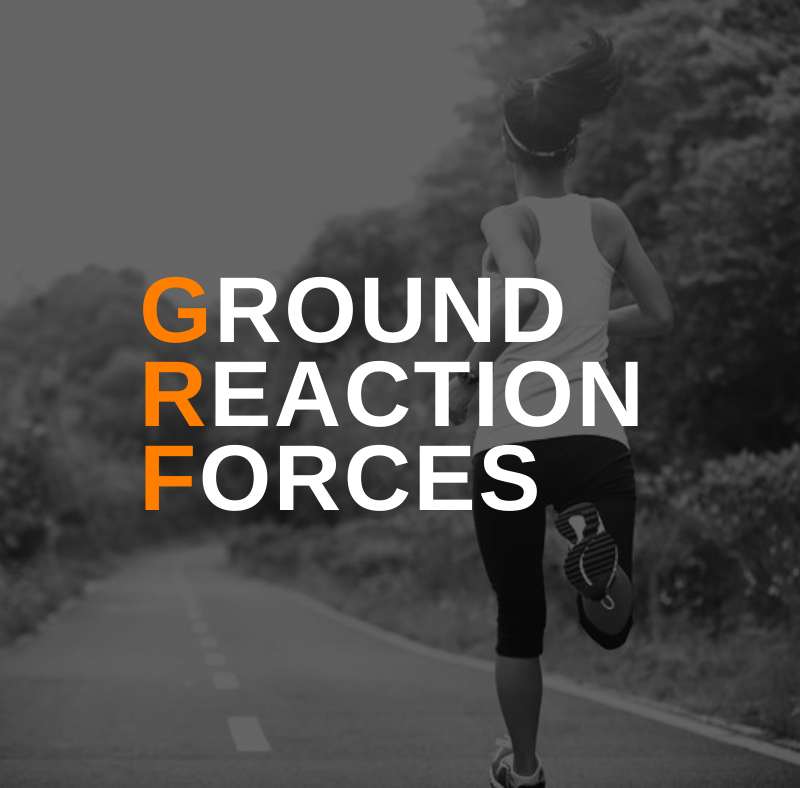
Running is a popular form of exercise and an effective way for our clients to boost cardiovascular fitness. However, it is associated with a higher risk of overuse injury than other forms of aerobic exercise like walking, swimming or cycling. Over 50% of people who run regularly will experience at least one injury each year, most of which can be attributed to poor running mechanics and poor distribution of ground reaction force.
Whether we are training an avid runner, supporting someone on their couch to 5K journey, or simply looking to switch things up and incorporate running, it’s essential that we understand safe running strategies and techniques. Our clients can get the most of what running has to offer by putting safety first. This starts with a closer look at running form and the forces at play.
Ground Reaction Force
Newton’s third law of motion states, “If an object A exerts a force on object B, then object B must exert a force of equal magnitude and opposite direction back on object A.” In other words, every action has an equal and opposite reaction.
Expanding on this, ground reaction force is the force exerted by the ground on a body in contact with it. A person standing motionless will exert a contact force (equal to their bodyweight) onto the ground and the ground will exert an equal and opposite force onto that person.
This becomes more complex in the context of walking and running, during which the force exerted can reach as high as 3-4 times the person’s body weight.
Does Running Form Matter?
In short, running form does matter. That doesn’t mean it is the same for everyone.
Some may want to be assessed by a gait specialist, depending on how often or how competitively they are running. But there are some common running faults that can be potentially injurious and which can be avoided with the support of a trainer like you.
Knee valgus
Knee valgus is when knees collapse in toward each other while the foot strikes or as the body moves forward over the foot. Performing postural assessments like the overhead squat assessment to determine if this is a problem is key, and then incorporating appropriate corrective exercise that strengthens the hips, knees, ankles, and feet can help rebalance the muscles.
Crossover stepping
Crossover stepping–when the feet cross the midline of the body while running–can increase the likelihood of the person running tripping over their own feet, and can excessively load the shins and the knees. This can also be improved with strength training, and by retraining form.
Foot strike
Foot strike can make a significant difference in the impact exerted onto the body. There are many ways a foot can strike during running, but we will look at two ends of the spectrum: heel striking (landing on the heel), and forefoot striking (landing on the ball of the foot).
Heel striking should be avoided because the force exerted when heel striking can be about three times the amount exerted with forefoot striking. Additionally, the force during heel strike is likely to be absorbed (and thereby affecting the entire kinetic chain) whereas the force with a forefoot strike can mostly be converted into momentum.
This means the forefoot strike can help not only to avoid injury, but can also be effective in optimizing running performance.
Lace Up
Before clients lace up their running shoes, it’s helpful to cover the basics of smart and safe running. Continued evaluation with a gait specialist or physiotherapist might be necessary to prevent injury.
References
barefootrunning.fas.harvard.edu/4BiomechanicsofFootStrike.htmlhttps://
www.yalemedicine.org/conditions/running-injury
www.betterpt.com/post/5-great-cross-training-exercises-to-avoid-running-injuries
https://www.runnersworld.com/advanced/a20825830/why-running-form-matters
www.betterpt.com/post/5-great-cross-training-exercises-to-avoid-running-injuries

